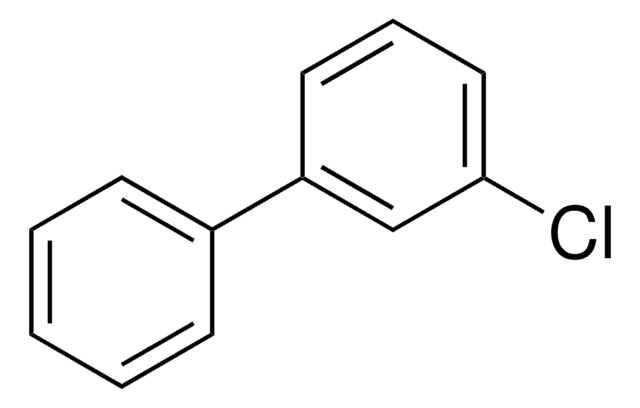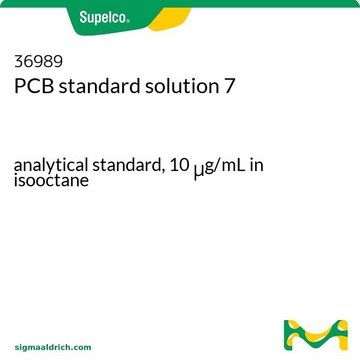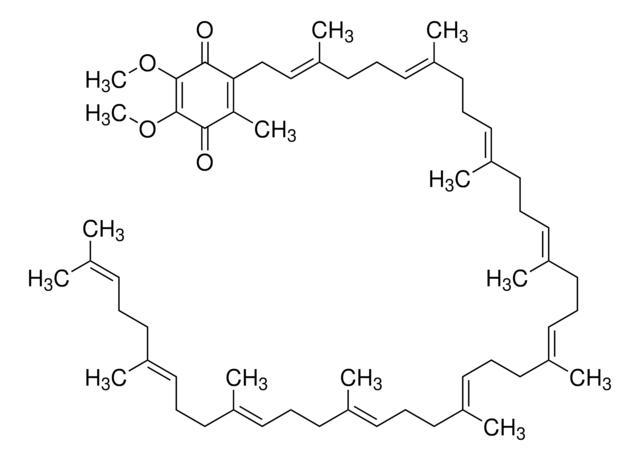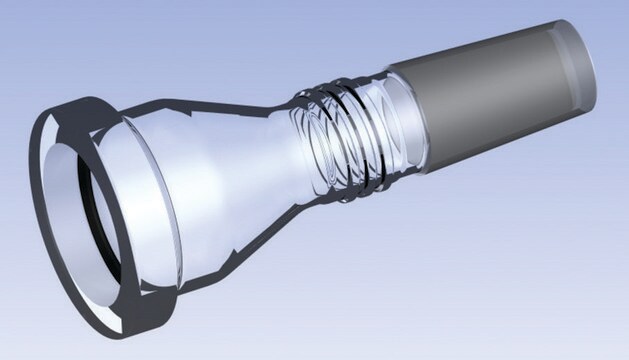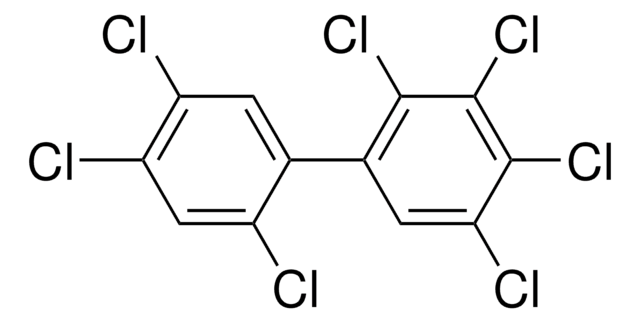Wichtige Dokumente
BCR289
2,4′-Dichlor-biphenyl
BCR®, certified reference material
About This Item
Empfohlene Produkte
Qualität
certified reference material
Agentur
BCR®
Hersteller/Markenname
JRC
Format
neat
Lagertemp.
2-8°C
SMILES String
Clc1ccc(cc1)-c2ccccc2Cl
InChI
1S/C12H8Cl2/c13-10-7-5-9(6-8-10)11-3-1-2-4-12(11)14/h1-8H
InChIKey
UFNIBRDIUNVOMX-UHFFFAOYSA-N
Allgemeine Beschreibung
Anwendung
Hinweis zur Analyse
BCR289
Rechtliche Hinweise
Signalwort
Warning
H-Sätze
Gefahreneinstufungen
Aquatic Acute 1 - Aquatic Chronic 1 - STOT RE 2
Lagerklassenschlüssel
11 - Combustible Solids
WGK
WGK 3
Flammpunkt (°F)
Not applicable
Flammpunkt (°C)
Not applicable
Analysenzertifikate (COA)
Suchen Sie nach Analysenzertifikate (COA), indem Sie die Lot-/Chargennummer des Produkts eingeben. Lot- und Chargennummern sind auf dem Produktetikett hinter den Wörtern ‘Lot’ oder ‘Batch’ (Lot oder Charge) zu finden.
Besitzen Sie dieses Produkt bereits?
In der Dokumentenbibliothek finden Sie die Dokumentation zu den Produkten, die Sie kürzlich erworben haben.
Unser Team von Wissenschaftlern verfügt über Erfahrung in allen Forschungsbereichen einschließlich Life Science, Materialwissenschaften, chemischer Synthese, Chromatographie, Analytik und vielen mehr..
Setzen Sie sich mit dem technischen Dienst in Verbindung.